welding positioner
A welding positioner is a device that spins 360 degrees and enables a welder to remain in one location while working on a flat surface.
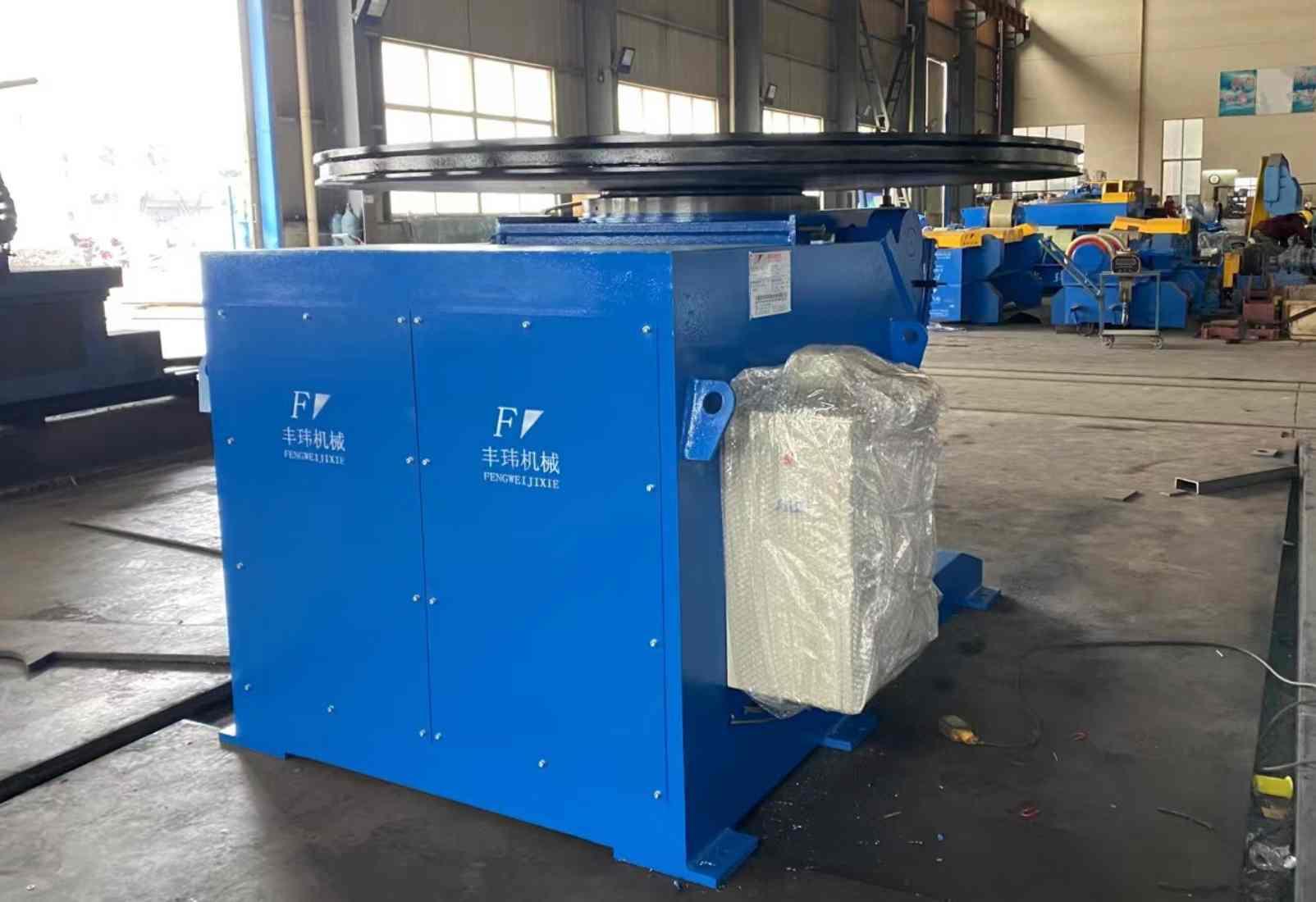
A welding positioner is a device that spins 360 degrees and enables a welder to remain in one location while working on a flat surface.
A welding positioner is a device that spins 360 degrees and enables a welder to remain in one location while working on a flat surface. It provides comfort to welders who must work on unusually shaped items, including such cylindrical pipes. Welder security is crucial, hence the location of weldments is crucial. Welding positioners help to area weldments so that welders may have the most pleasurable placing possible, which speeds up their job, relaxes them, and promotes relaxation. Welding positioners aid welder awareness, allowing us to generate higher-quality welds and finishing.
According to the Fengwei, there are four top welding positions:
l Position: flat
l Horizontal capability
l Vertical feature
l The role of the overhead
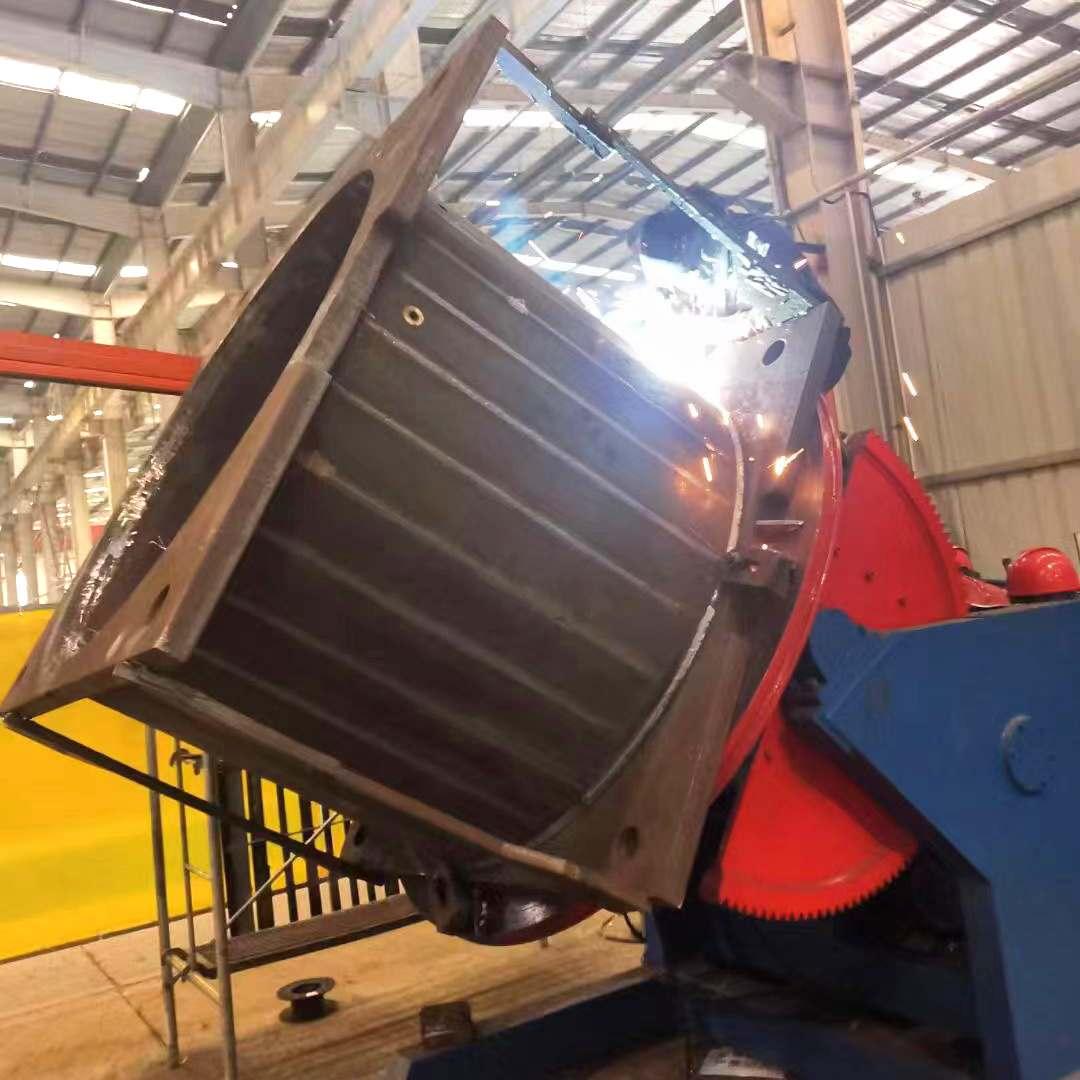
What Does A Welder Do?
Welding is a method that permits a welder to enlist in metals inside the position where they will be established or the place where a specified problem may well be employed. As can be seen, the welding position is primarily defined by the proximity of the welder to the product. The route the welding consumables will skate due to the gravitational is one of the most important concerns with each and every operation. Before we go through the various welding categories, it's a good idea to understand the many types of welders and weld connections on metal. Before we go over the various welding categories, it's important to understand the various types of welds and weld connections on whether those positions are frequently performed.
All welding categories, which are symbolized by welding signs, are based on the positioning of the welded junction on the sheets or pieces to be connected together.
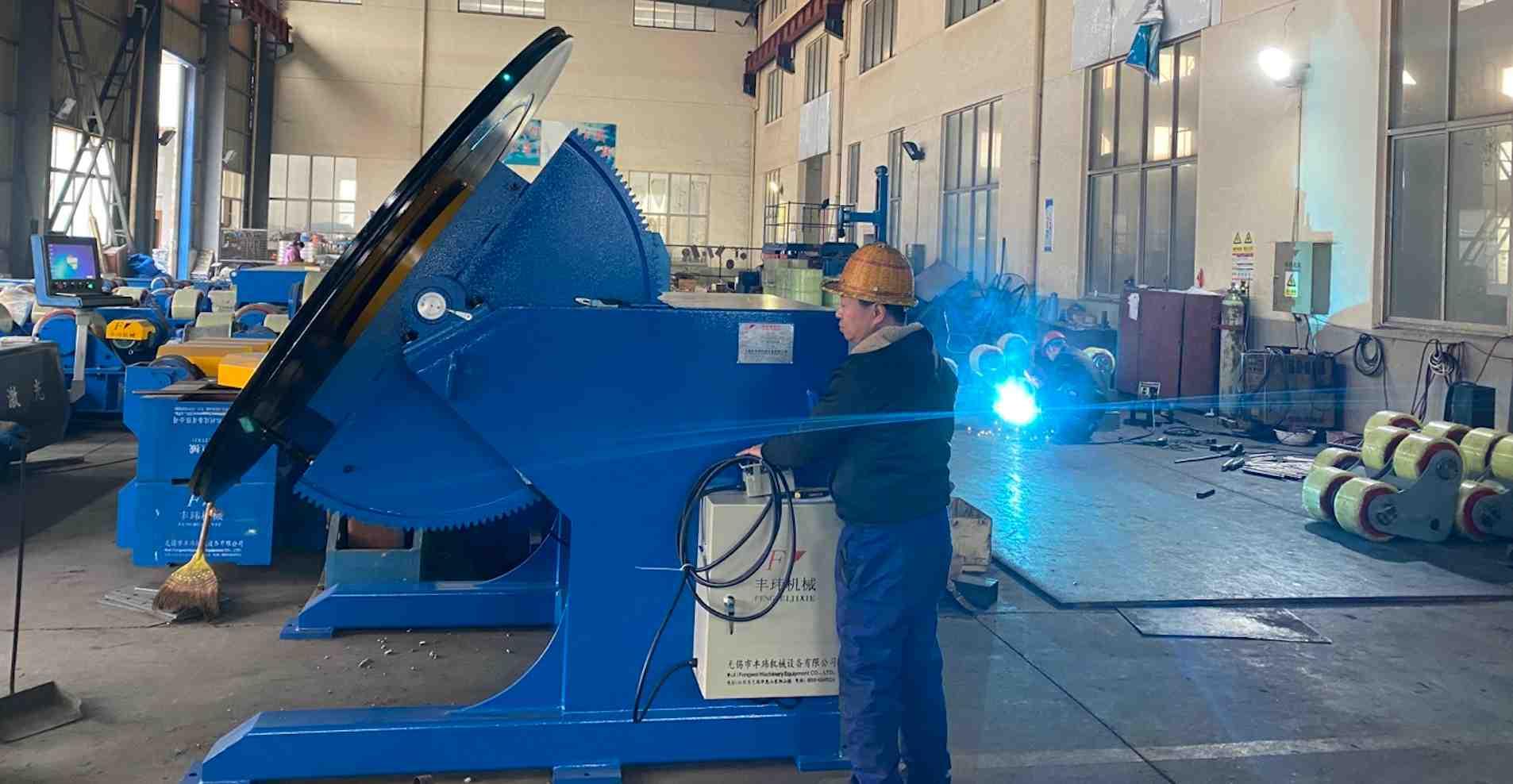
What Are The Most Common Weld Types?
Every one of the four locations can be utilised with the following basic types of welds:
Welding grooves: The single most abundant form of weld is grooves welds. When raw material is coated into the space among metallic materials, a groove welder is created.
Welding of fillets: A fillet weld melts bits of material at such an estimated larger context to one another and, and is typically regarded as the most well-known type of weld.
Welding Positioners Come In A Wide Range Of Styles.
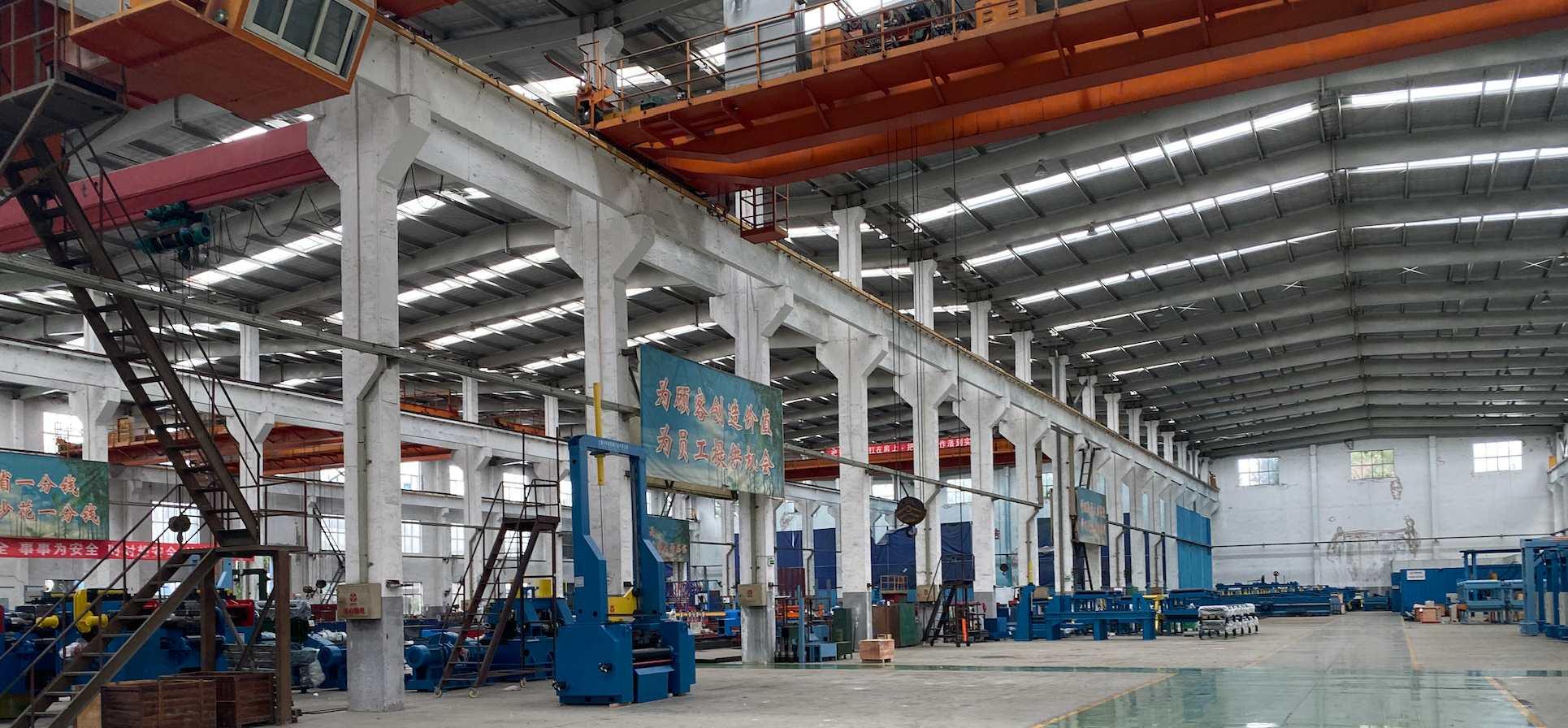
Welding jobs are divided into four categories:
Vertically oriented: Both of the welder as well as the plates will be horizontal for a parallel functionality weld. The liquid phase pouring downhill and stacking up is among the most significant difficulties encountered while forming this welding. This problem can be avoided by welding in a downwards or uphill horizontal position.
Horizontal function: The axis of the weld is horizontal. The type of weld determines how well the position is completed. The weld bead for just a welded joint is placed in which a transverse and longitudinal portion of metal intersect at a ninety-degree inclination. The welding surface may be in a perpendicular direction while performing a grooved weld.
Maintenance costs: The much more challenging role that operates in this is the overlay functional weld. The welding might be performed with both the separate pieces of material suspended well above welders, as well as the welder would have to adjust his or her position and instruments to access the connections.
Position on the floor: The flatter position welding, also known as a "downs and" posture, is the easiest and most popular weld that new university students investigate. The materials to be connected are wrapped in paper on the substrate, and the welder sends the electric discharge between them in a designated route. The topmost aspect of the connection is soldered permanently, enabling the melted material to flow downwards into the grooves or borders.
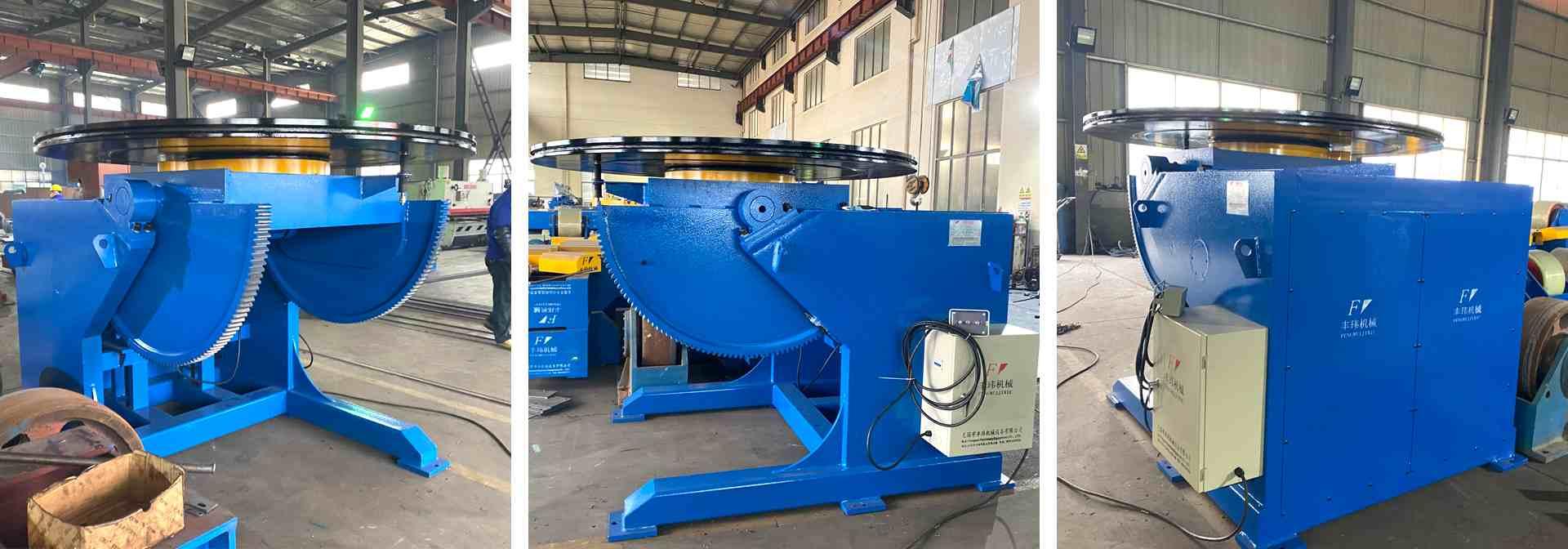
What Are The Most Common Weld Joints?
Weld joints are formed when connectors and welds are combined. Weld joints are distinguished by the place where additional metal components are connected. Four typical weld joint types are listed below.
Joints on the sides: When the flat surfaces of metal components are welded together, edge joints form.
Corner joints include: The nook junction is a weld in which the two pieces are welded at a 90-degree angle.
Joints in the lap: The two pieces of steel occur concurrently with each other at this weld junction.
T-jointed joints: When components are connected at sharp angles, this weld connection forms.
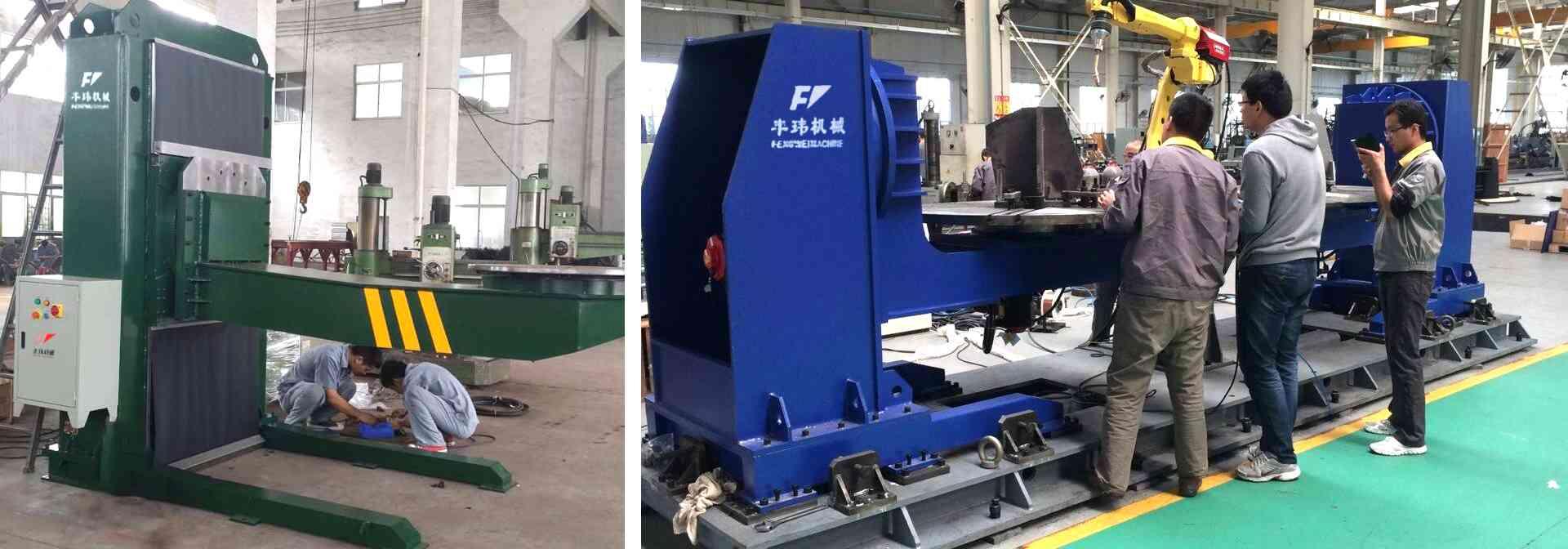
Weld Quality Is Improved By Using Positioners Excellent
The major advantage of using the correct welding positioner would be that it produces consistent, excellent welds. Every element movement during the welding procedure makes it even harder to provide outstanding welds. When your material is attached, it leads to proper welding speed and enables you to complete whole welds before having to relocate. Whenever it relates to welders, a welding positioner overcomes numerous issues by rotating the material at a regulated rate and rate to produce a continuous, vaginal penetration welding.
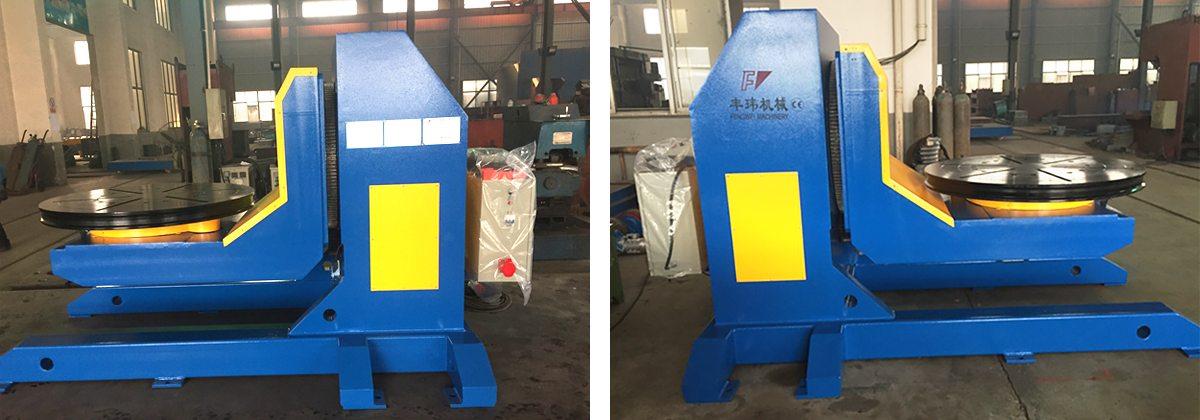
What's A Welding Positioner?
Positioning gadgets are very good for assisting welders in moving and welding large components. Many tiny components can even be automatically positioned to offer the welding positioner with spousal wages, because it is less .
Including all weldments, great or little, the placement criteria are about the same. The foundation material is attached to the repositioning machinery and then mechanically manipulated into a format that makes for the most efficient welding and joining. The whole weldment is relocated when elements or parts and components arrive, allowing simple access to the weld positioner.
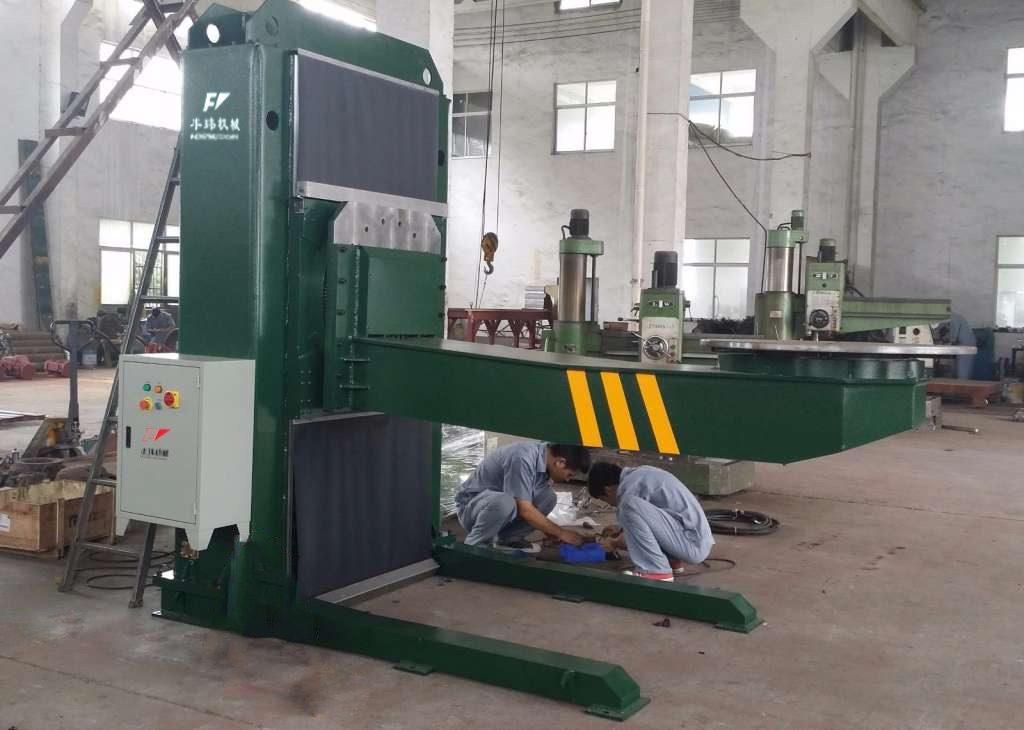
Is The Welding Positioner Safe?
While the weldment is attached to a suitable guide and inspiration, security is prioritised. Racks, links, pulleys, and other deformable methods of transporting an element can lead to harmful and in movements. Welders shouldn't have to move themself underneath a potentially massive weldment by use of a positioner, decreasing the risk of injury from fallen sparking, debris, or the weather.
Welding stress is reduced, security is increased, weld contentment is improved, and factory grounds area is saved with a well-placed weld, in terms of weight. Welders aren't forced to solder out of place except in an unenviable spot by moving the weldment in a conventional means and placing the welding area together into a reasonable zone.
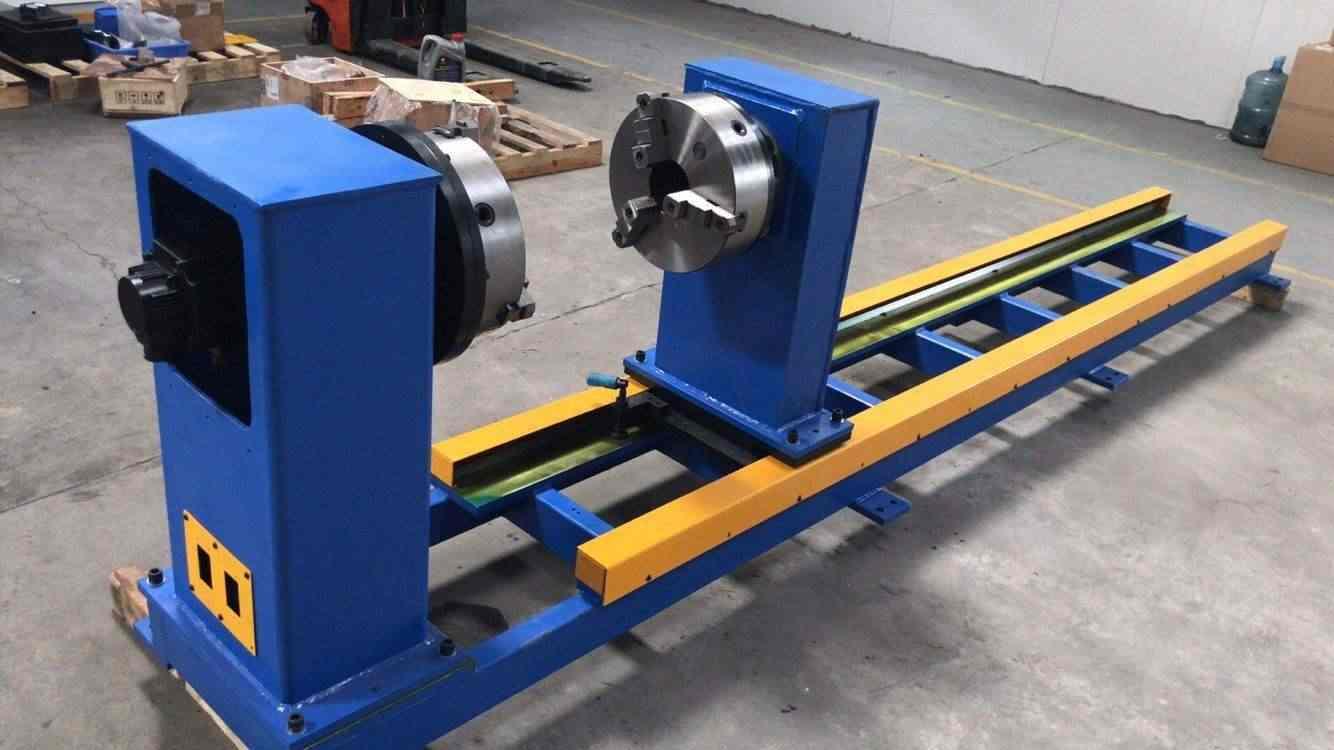
Summary
Pivot or flipping welding positions are available on welding positioners. Welding positioners are beneficial because they facilitate infrastructure to the welding seams on the pipelines, resulting in higher depositing expenses. This enables welders with less experience to do welder processes with ease and to handle artwork components efficiently when addressing welding characteristics. The positioner's layout is a sort of enclosed area that takes up very least amount of space on the surface and enables smooth mobility of tools and welders around the painted region. Welding positioners' physical, pneumatic, and electrical components are generally equipped with several safety features to guarantee safe and efficient functioning while being in use. Welding positioners can also be used with the found exclusively machinery:
Welding positioners are equipment that enable a welder to execute welding procedures that indicate consumers that really are cylindrical or circular in design, as well as manifolds and conduits, while maintaining safety. A welding positioner allows the welder to move the cylindrical equipment through 360 degrees and adjust the height of the valves or conduit to meet his or her demands. This reduces employee weariness while also increasing combined performance and effectiveness.